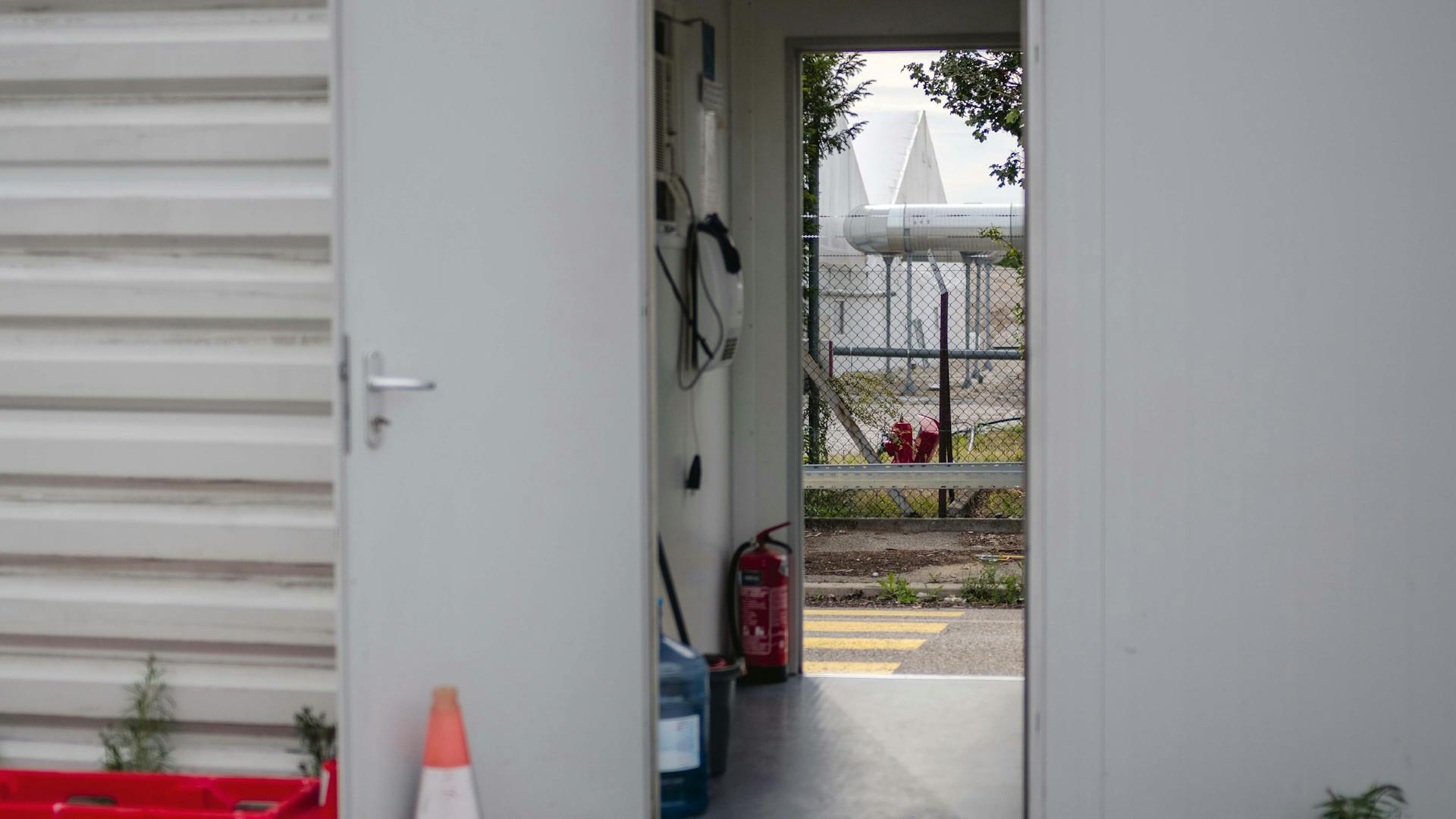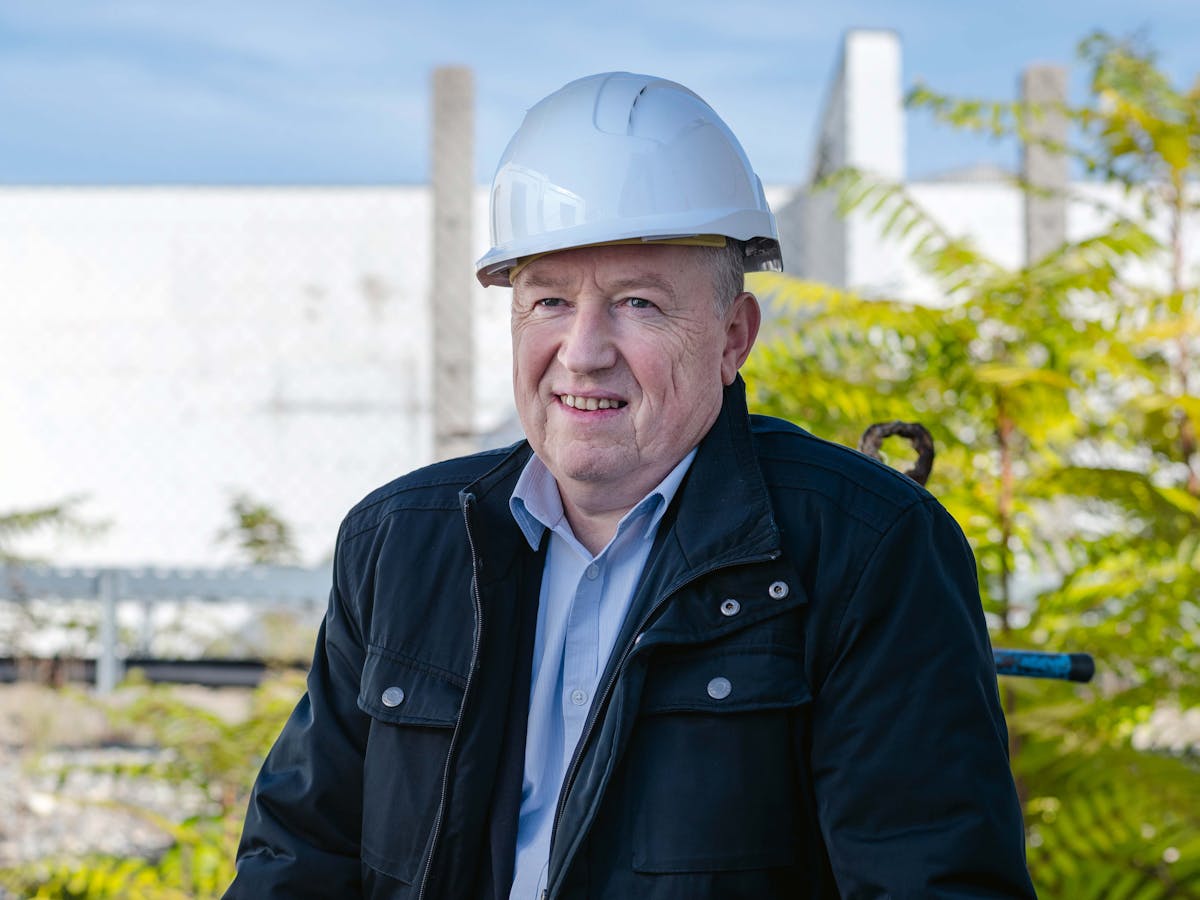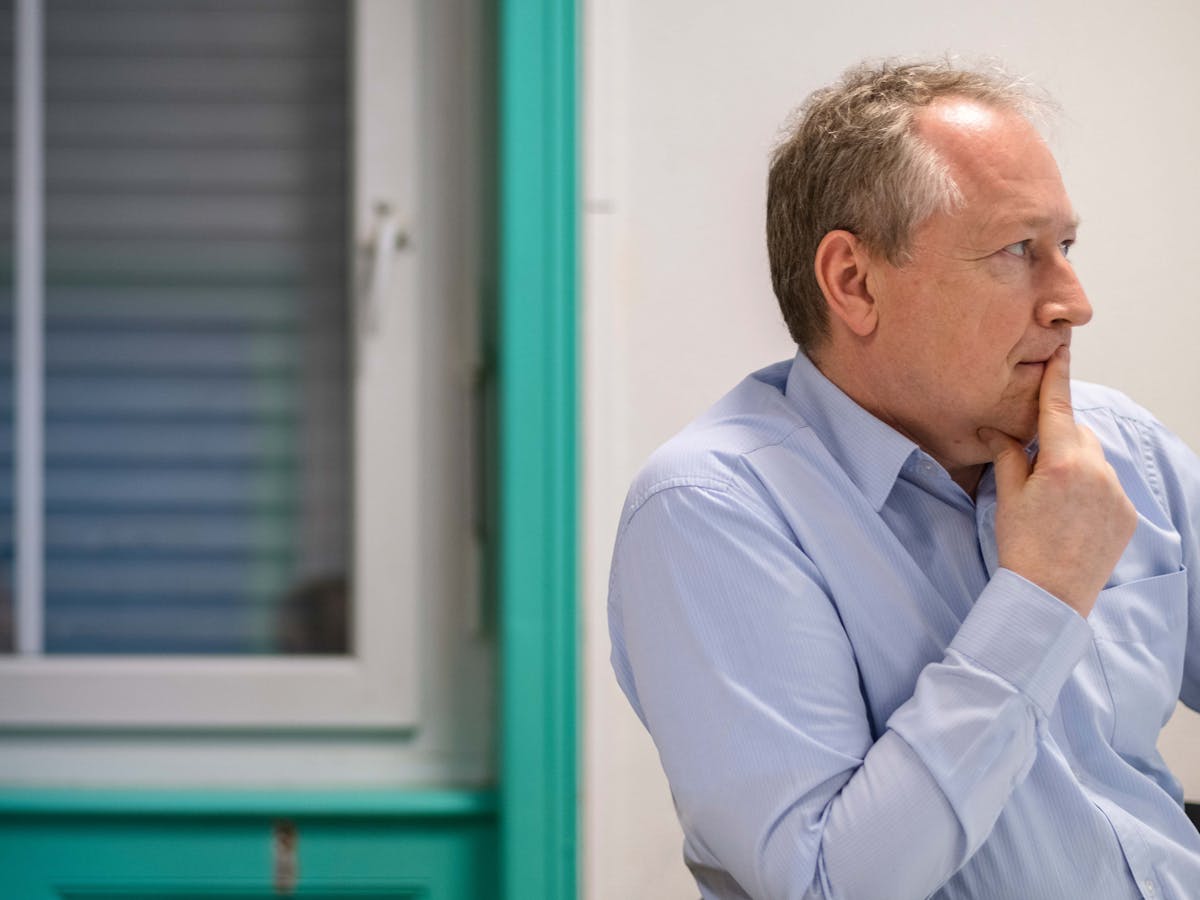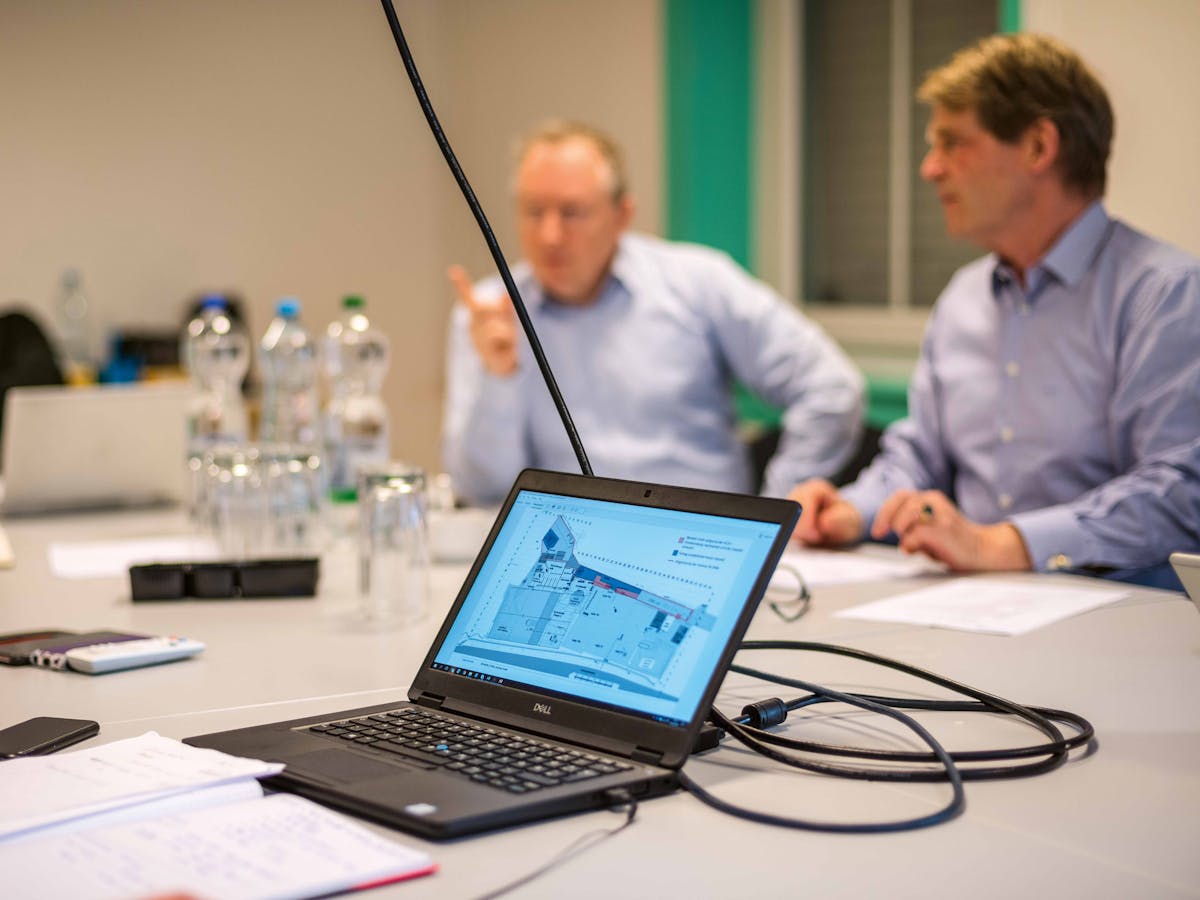
Published on 01/07/2021
Claude Muller can look back on a long and successful career at Novartis, where he held a series of leadership and project management roles, from engineering, through finance to quality control. His down-to-earth style, calm demeanor and natural humility won him praise from his colleagues and the trust of his seniors, who tasked him with helping build the Novartis Campus in Basel at the turn of the millennium.
The Campus project, which served as a blueprint for many companies around the world to build state-of-the-art workplaces fit for the 21st century, would seem to be the natural culmination and a towering highlight of any career. But the trained computer engineer from the French border region in Alsace never thought he would spend nearly a decade overseeing the remediation of a former chemical factory site and turn into a sought-after expert when it comes to handling the chemical compound lindane, which until the 1970s was used as an insecticide.
The lindane remediation project not only became his biggest professional challenge and in many ways his greatest personal success. The complex and truly unique nature of the undertaking, which started out in the wake of water treatment regulation changes in Europe before turning into a fully-fledged remediation project around 2012, also took him on an emotional roller-coaster ride for which he seemed unprepared at times – and at one point he was even ready to throw in the towel.
When I met Claude Muller last summer, as the remediation neared its close, he was relaxed and ready to discuss the many lessons he learned between 2012 and 2019. “There were very difficult times during this long and complex project,” Muller said, when we sat down for an hour-long interview in the spaceship-like control room of the MS Vera Pax.
This ship, one of the longest and most modern working the Rhine these days, transported some of the last deliveries of lightly contaminated lindane waste in its bulky hull to the Netherlands, where the material was burned under high temperatures. “Now, as only a few tonnes of waste are waiting to be disposed of, I can start to feel relaxed and look back on this long and winding road.”
Almost the entire remediation team was on the MS Vera Pax that day to celebrate their achievements, chat about the challenges and pitfalls of lindane remediation and what future teams could learn from their experience. Most of all, the team members enjoyed a few days off in the early summer heat: cherishing the beautiful view of the lush riverbanks of the Rhine, grilling on the spacious deck of the ship and sipping an occasional beer during the journey, which took them from Basel to a water gate near Strasbourg, where the team stayed overnight.
The difficulty and protracted execution of the project, Muller says, were due to the roots and complex history of the site: French chemical producer Ugine Kuhlmann had manufactured lindane for many years until the manufacturing site, which adjoins the global headquarters of Novartis, closed in the 1970s. Then, Novartis predecessor company Sandoz bought the space to build its water treatment facility STEIH, short for Société pour le traitement des eaux industrielles de Huningue. STEIH was responsible, among others, for manag-ing the wastewater for Sandoz’s St. Johann site, which was later transformed into the Novartis Campus.
When water treatment regulation was about to be changed in Europe around 2010, Novartis decided to move its wastewater management to a new facility and discontinue STEIH. As part of this process, Novartis also volun-teered to clear up the site, a decision that was well intentioned but, in hindsight, not entirely well prepared. “Given what was known at the time, maybe it was impossible to be fully prepared,” Muller says.
“In hindsight, it is easy to criticize,” Muller says. “But it was the right decision at the time to remediate the site, even though Novartis was not legally bound to do so. Management decided to do it because it was the right thing to do.”
Novartis had years of experience in handling contaminated ground, and so it was natural that the company felt confident it would be able to tackle this challenge too. After an external study established the potential level of contamination, Novartis also made its own assessment, which was more conservative and was based on extensive drilling of the site. Once funding for the remediation was granted, work started in 2012.
But everything came to a grinding halt by September 2013. Although the decontamination work was executed under confinement under special tents, some of the material was released into the environment, causing public alarm when an unpleasant odor filled the air around the site. Regulators measuring the contamination in the vicinity, including the city of Basel, found lindane traces. Although the traces were within acceptable levels, the public outcry and media bashing was massive. Novartis decided to stop all work to investigate the incident and start anew.
For Claude Muller, who had taken over the project lead before the incident, it was the worst of times. Struggling to analyze the situation and managing the media fallout, he was fully aware that the remediation would not only require much more time, but necessitate a considerably higher budget and a complete strategic rethink.
The nerves of all those involved were on edge, and Muller concedes that at one point he had asked his direct bosses whether he should leave or not. But no one blamed him for the incident. He even won support from Chairman Joerg Reinhardt, who backed his call for a budget increase and signaled that Novartis should remediate the site within a working culture that is both collaborative and transparent.
“After the incident in September 2013, we saw a real change in how we handled the situation,” Muller said. “We had the backing of the Board of Directors to do everything we could to handle the remediation in the best possible way. This was a real turning point. We started to communicate more openly and reset the entire structure and contracted a new remediation specialist.”
After all the ups and downs, Claude Muller has not lost his appetite for project management. Quite the contrary: As we passed the Swiss-French border on board the MS Vera Pax and as he talked about his love of Alsace, its people and culture, Muller said that he would like to use his project management skills to support his hometown of Guebwiller. He aims to support the city in its goal to develop its urban and environmental attractiveness and become a tourist highlight in the region. Given his extensive background in leading complex and lengthy projects, Guebwiller can expect a welcome know-how boost and close the gap on other famous towns in the region.












